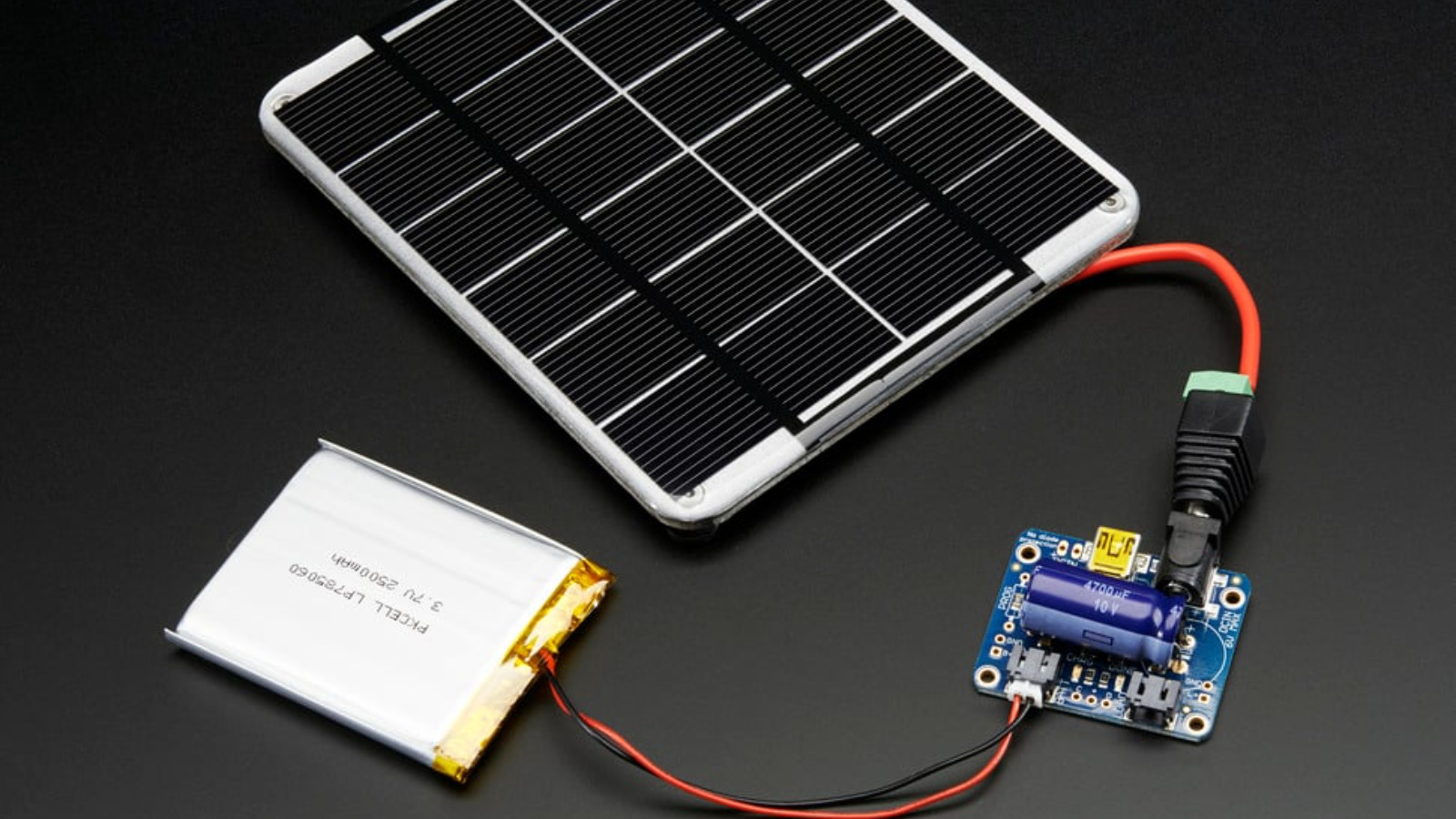How To Run Your Raspberry Pi Using Solar Power – SlashGear
Before you get your Raspberry Pi project and solar panel system set up in the sun, you may want to consider taking extra steps to prolong the life of your project. This doesn’t only mean extending the runtime of the board but also keeping it safe from the elements.
Choosing less resource-draining components and Pi boards for your solar-powered project is just the first step to achieving a long runtime period. There are also software techniques you can use to lower the power consumption and further lengthen the Pi’s operation. First, turn off any onboard peripherals your project doesn’t need. This includes the HDMI (if you’re not using any display) and the activity and power LEDs (which you probably don’t need to look at). On the Pi Zero, disabling both can save you as much as 35mA as tested by Pi enthusiast Jeff Geerling. If you have a Wi-Fi-enabled board, such as the Pi Zero W and Pi Zero 2 W, you can also consider deactivating the Wi-Fi radio, which, according to Geerling, can save you about 10mA.
To make the Pi weather-proof, enclose the project in a weather-proof case. Typical ones you can see online are IP65, meaning they’re protected from dust and low-pressure jets. Make sure that your project’s placement is also taken into account. Keep your electronics away from the sun as much as possible so as not to go over the Pi board’s operating temperature (usually a maximum of 50 degree Celsius).


